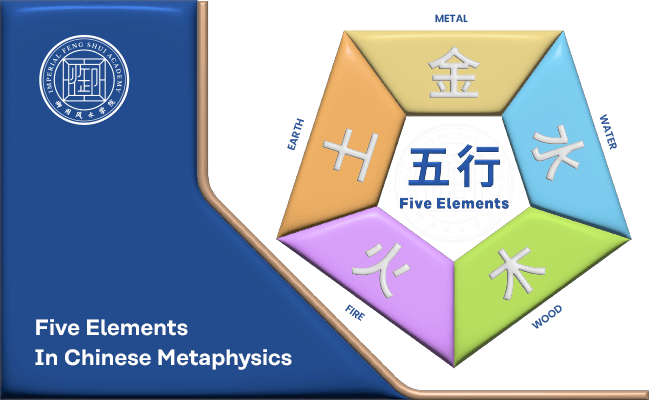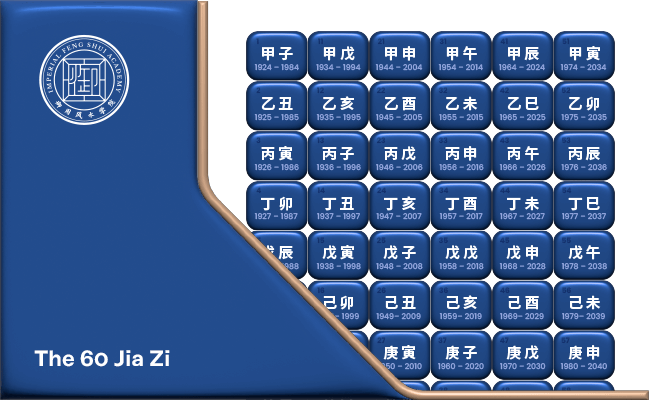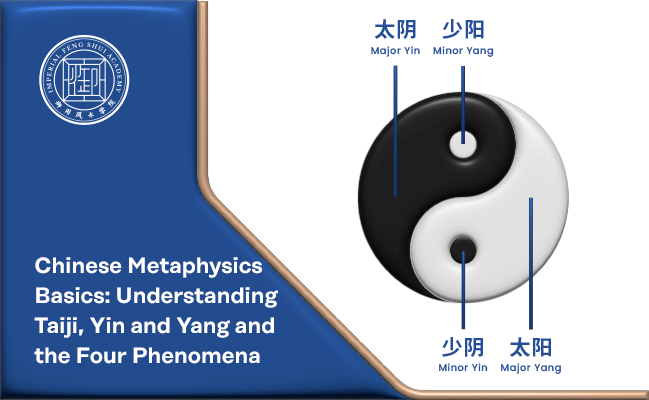The concept of the Five Elements, or Wu Xing (五行), is integral to many traditional Chinese disciplines. These Five Elements — Wood (木), Fire (火), Earth (土), Metal (金), and Water (水) — are deeply connected to Yin and Yang and other metaphysical aspects such as the four seasons, five directions, and the Four Phenomena.
The Five Elements Theory (五行学说), originating in the later Han dynasty (25 to 220 AD), serves as a cornerstone for understanding the universe. This ancient framework explains the interactions and relationships within the natural world and is applied in music, Feng Shui, military strategy, traditional medicine, and cultural arts. The Five Elements Theory, deeply rooted in Chinese metaphysics and philosophy, has shaped various systems throughout Chinese history.
In Chinese metaphysics, the Five Elements were initially associated with the five major planets — Jupiter, Saturn, Mercury, Mars, and Venus.
History of the Five Elements Theory
The Five Elements theory represents a system of interconnected and balanced movements rather than literal elements. Introduced as early as the Spring and Autumn Period (770 to 481 BC), this theory describes the mutual generation and restraint among the five elements in a cyclical sequence: wood, fire, earth, metal, and water.
Historical records recognise the Five Elements as fundamental to the natural world’s formation, reflecting its inherent structural relationships. The term “Five Elements” first appeared in Shang Shu《尚书》, highlighting the specific qualities of each element.
The origins of the Five Elements Theory are diverse, with its core concepts further developed during the late Shang dynasty. The “Wucai Theory” (五彩), which emerged in the late Western Zhou Dynasty (1045 BC to 771 BC), also contributed to the development of the Five Elements concept.
Understanding the Five Elements
The Five Elements go beyond physical substances, embodying various attributes and qualities. These elements classify tangible objects and abstract concepts, highlighting intricate relationships in all aspects of existence. Each element is associated with a specific direction, heavenly creature, colour, and organ, among other categories.
Each of the Five Elements has unique characteristics and attributes:
Wood (木)
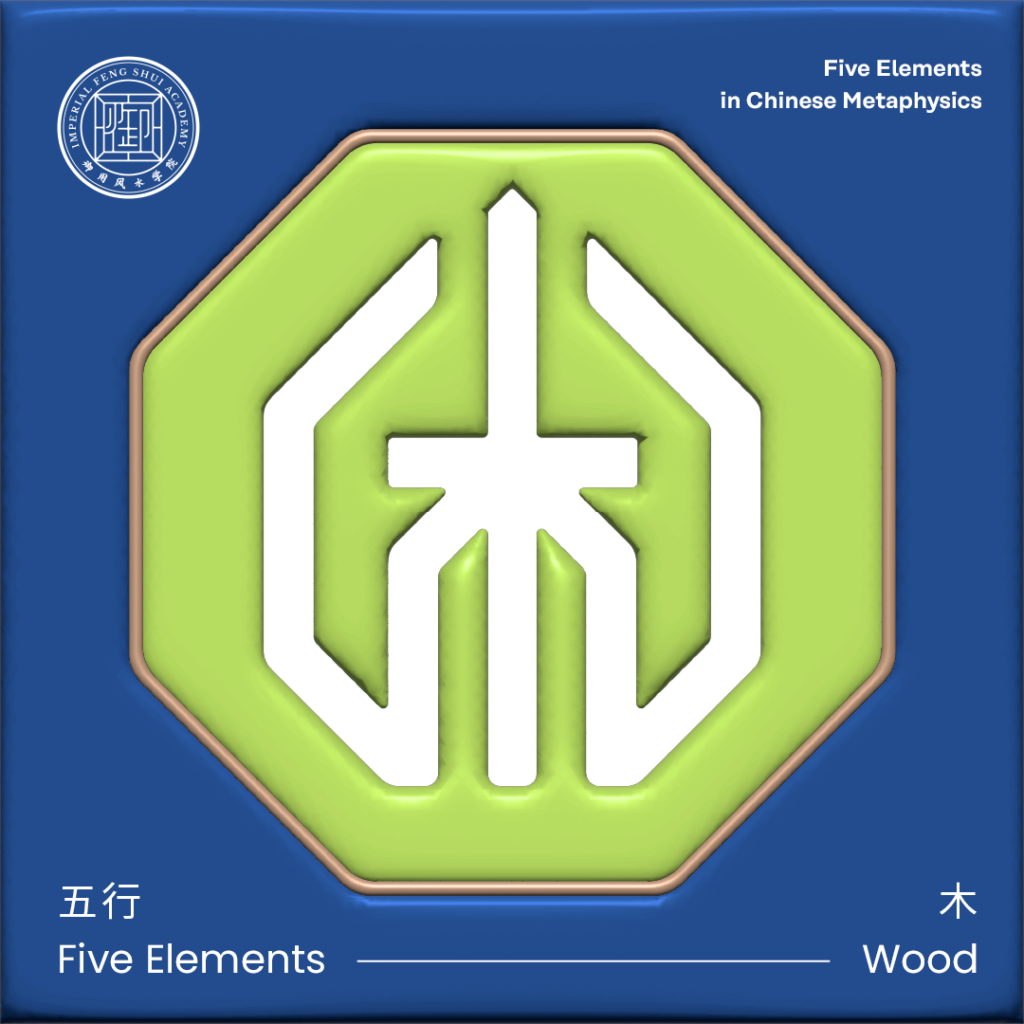
Characteristics of Wood Element
Wood is linked to plant life, from towering trees to smaller shrubs, signifying upward growth and adaptability. It represents themes of progression and vitality aligning with the Spring season. Wood corresponds to the Minor Yang in the Four Phenomena, symbolised by the Green Dragon, and the East compass direction.
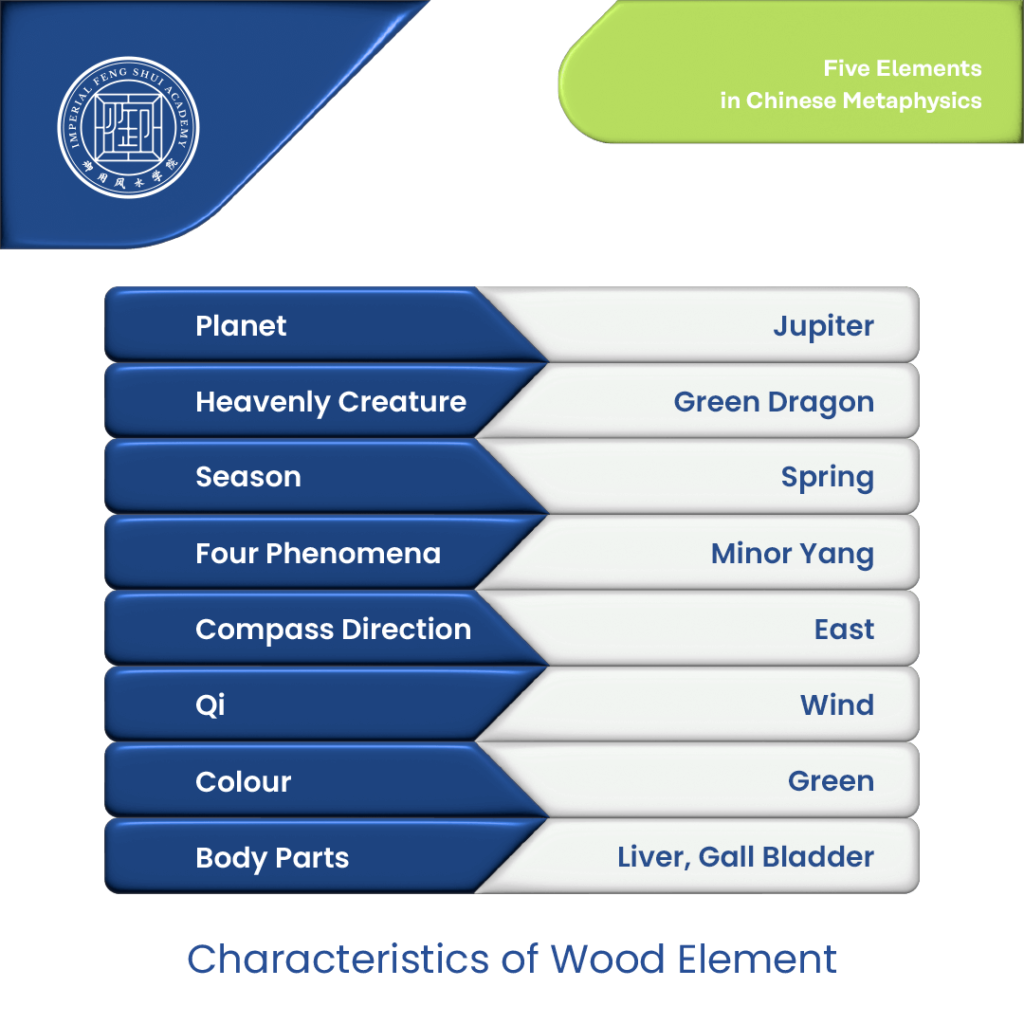
Fire (火)
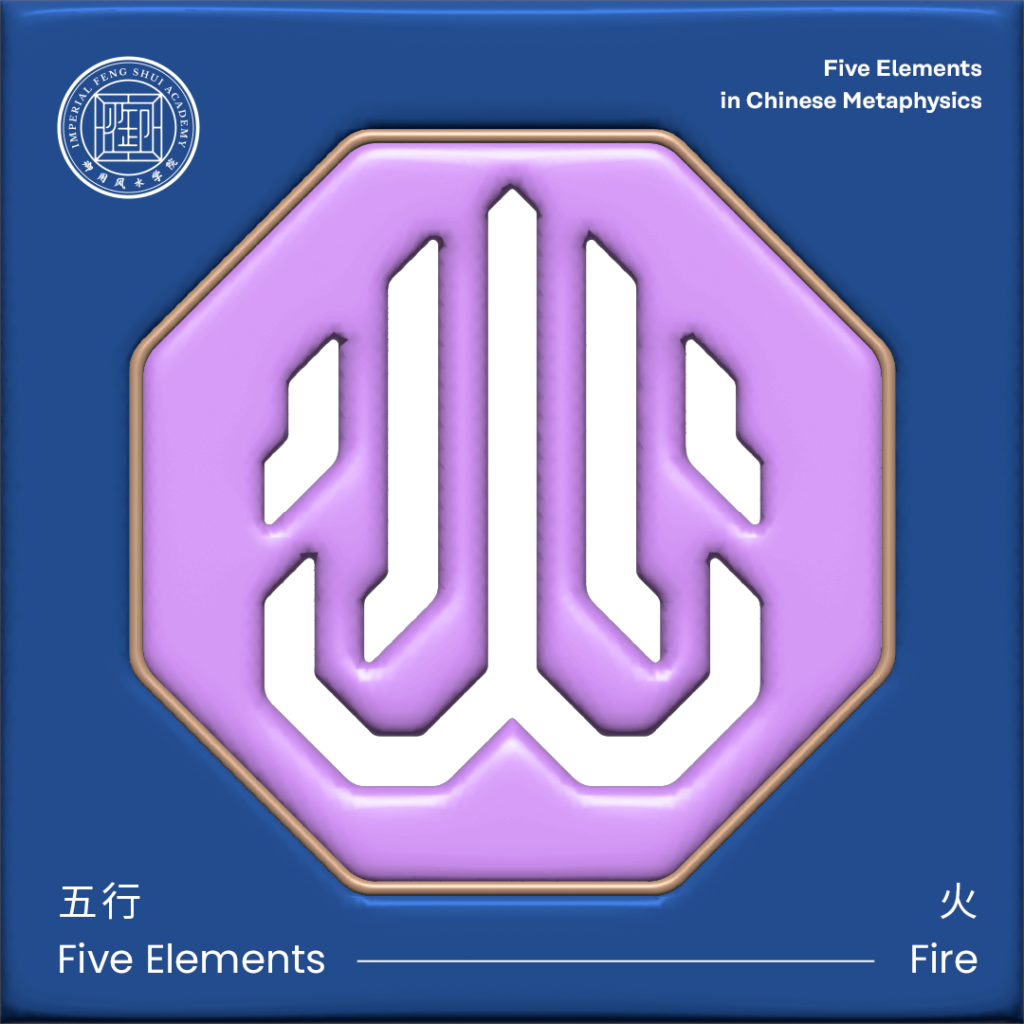
Characteristics of Fire Element
Fire signifies transformation, passion, dynamism, and warmth. It underscores the ability to ignite change, associated with the summer season. Fire is linked to Major Yang energy within the Four Phenomena, symbolised by the Red Phoenix, and the South compass direction.
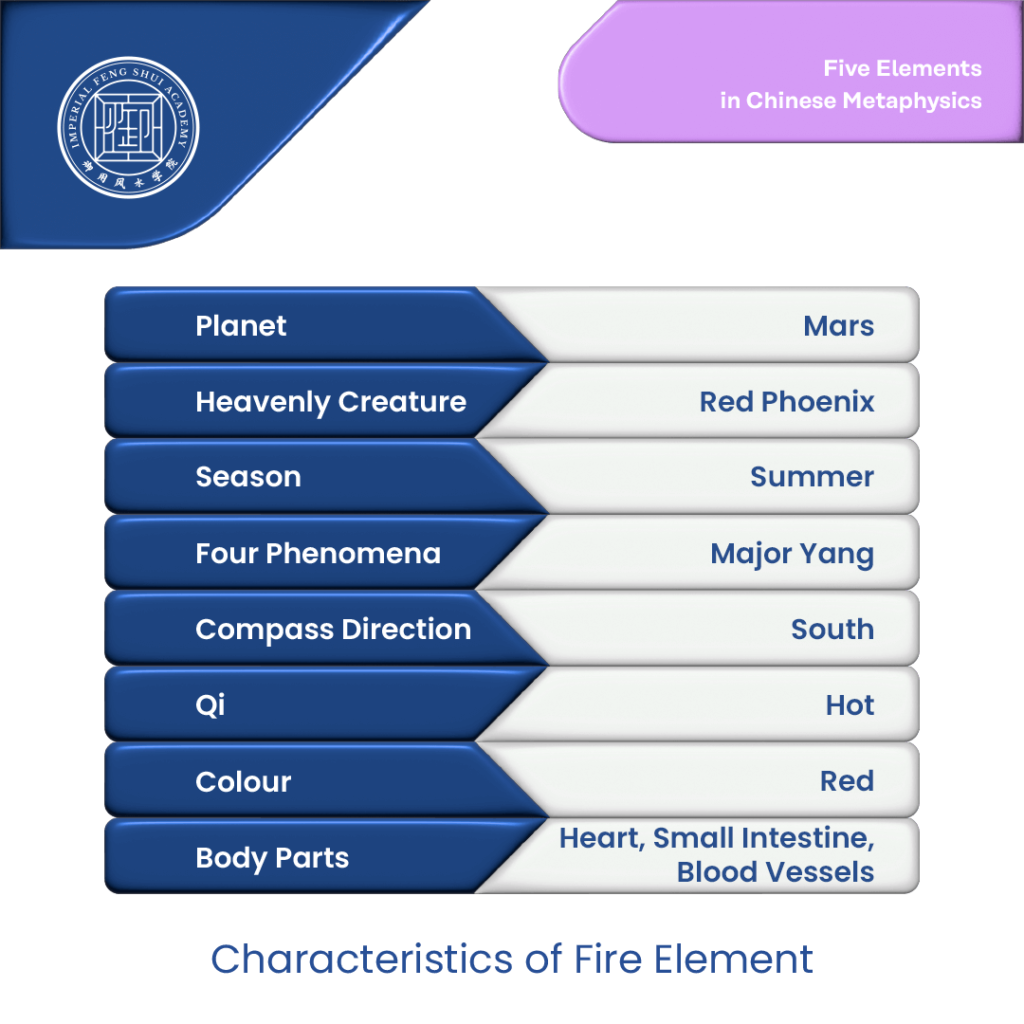
Earth (土)
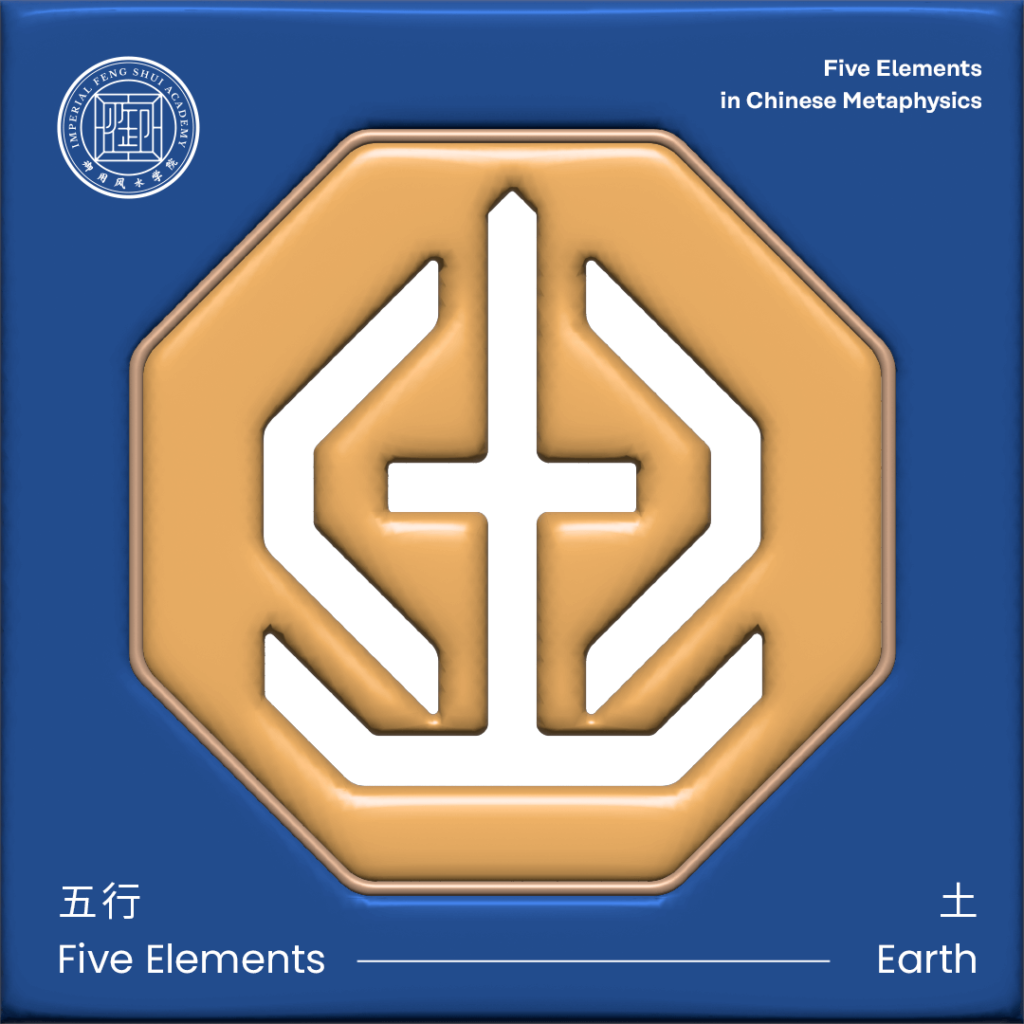
Characteristics of Earth Element
Earth represents stability, nourishment, and groundedness, associated with terrestrial landscapes like mountains and arable land. It embodies harvest and abundance, aligning with the late summer. Earth is central in the compass directions, personified by the Yellow Dragon.
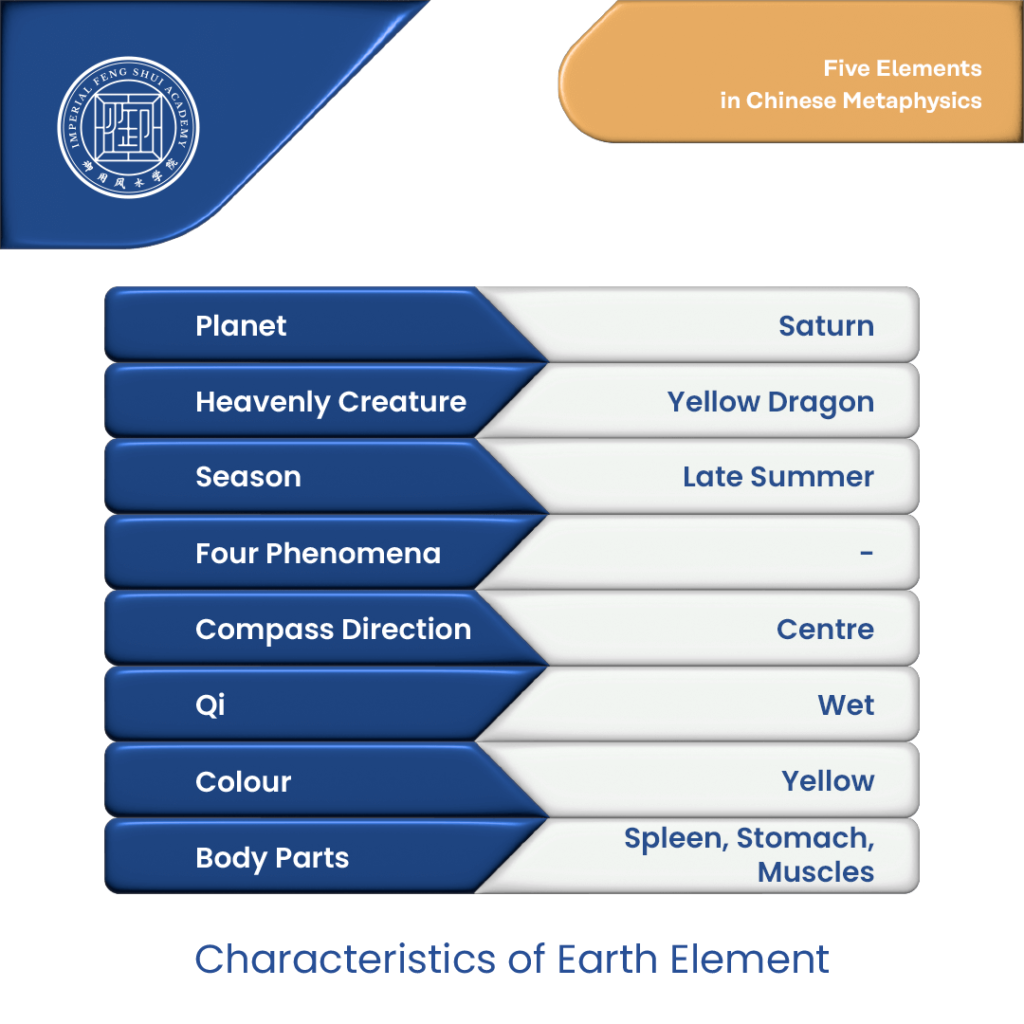
Metal (金)

Characteristics of Metal Element
Metal symbolises clarity, strength, precision, and mental sharpness, paralleling the autumn season. It represents personal refinement and transformation, linked to the Minor Yin in the Four Phenomena, symbolised by the White Tiger, and the West compass direction.
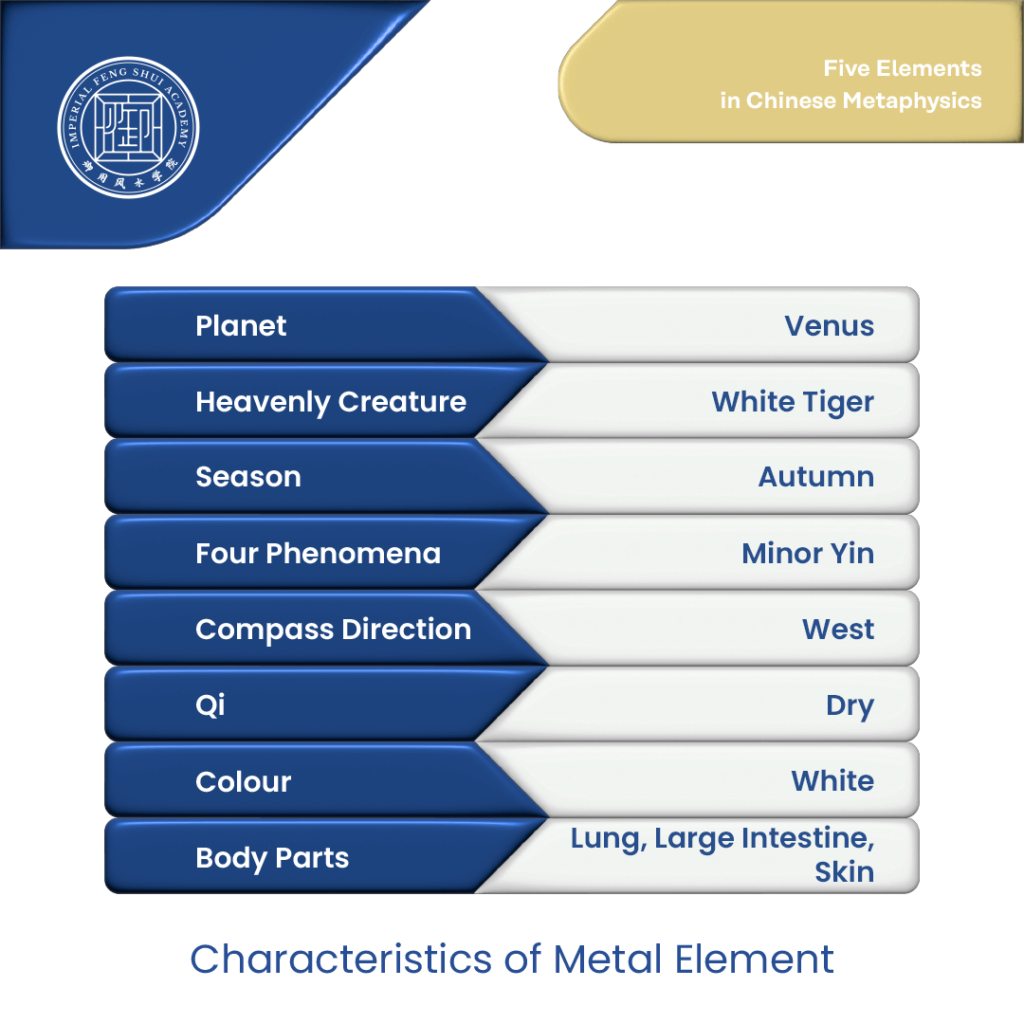
Water (水)
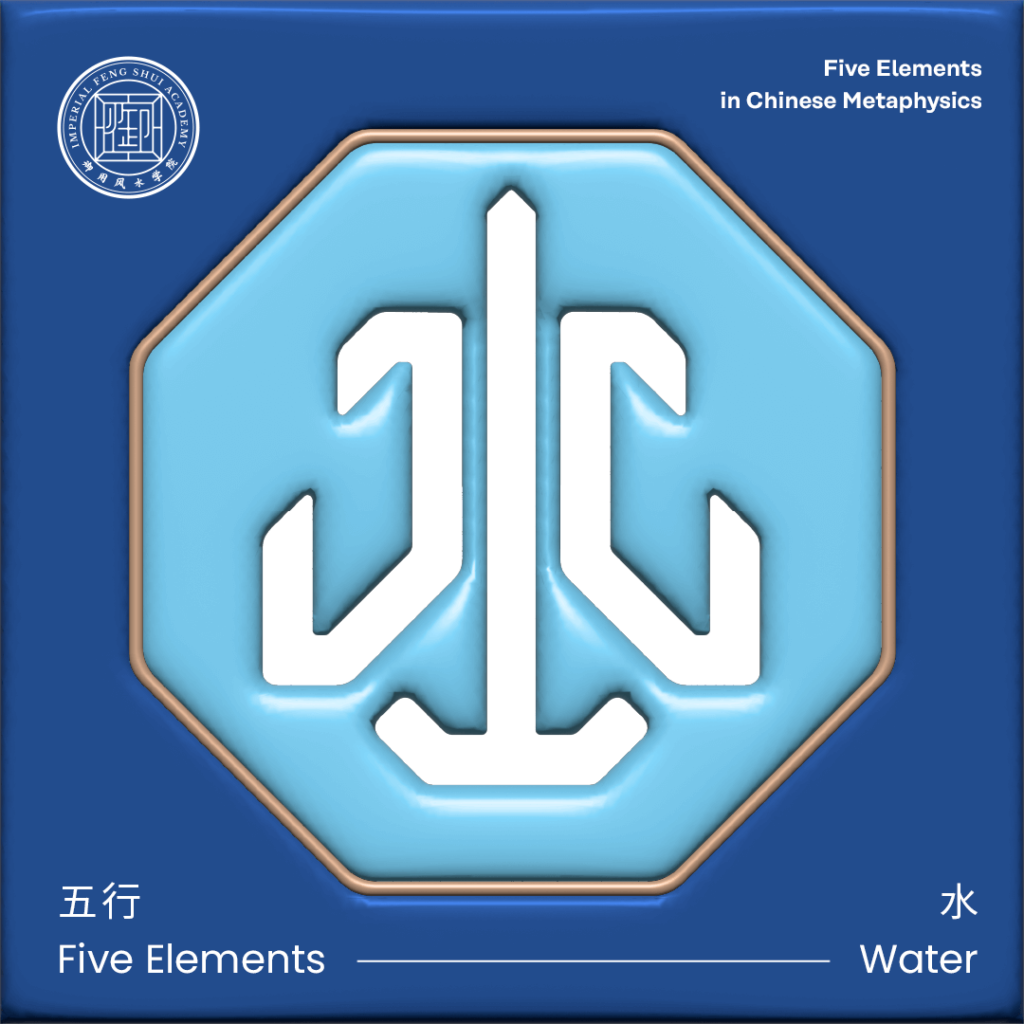
Characteristics of Water Element
Water signifies observation, adaptability, fluidity, and intuition, corresponding to the winter season. It represents rest and reflection, aligned with the Major Yin, the North compass direction, and symbolised by the Black Tortoise.
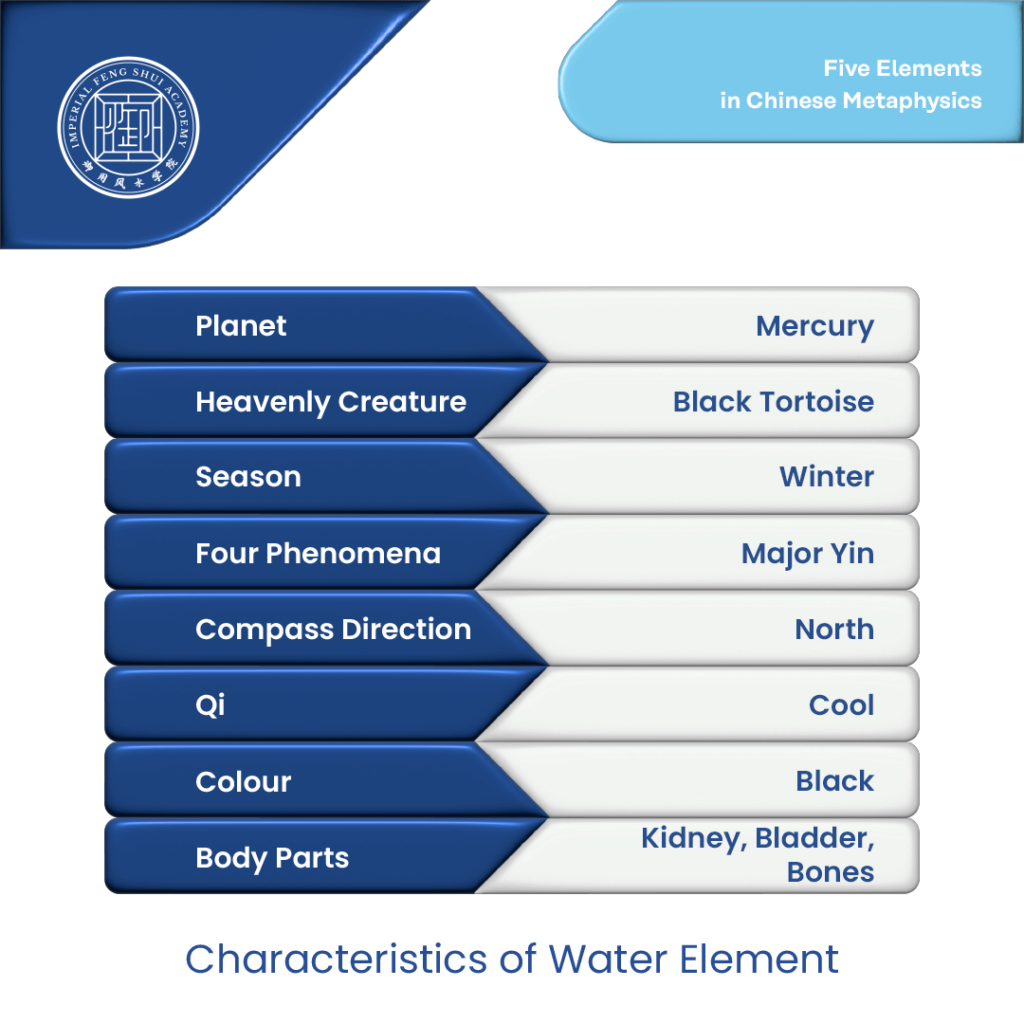
The Cycles of Production and Control
The cyclical relationship of the Five Elements emphasises the importance of balance and harmony. When the Five Elements are balanced, the natural world and human existence are harmonious. Conversely, imbalances lead to disharmony and disruption.
What is The Producing Cycle? (相生)
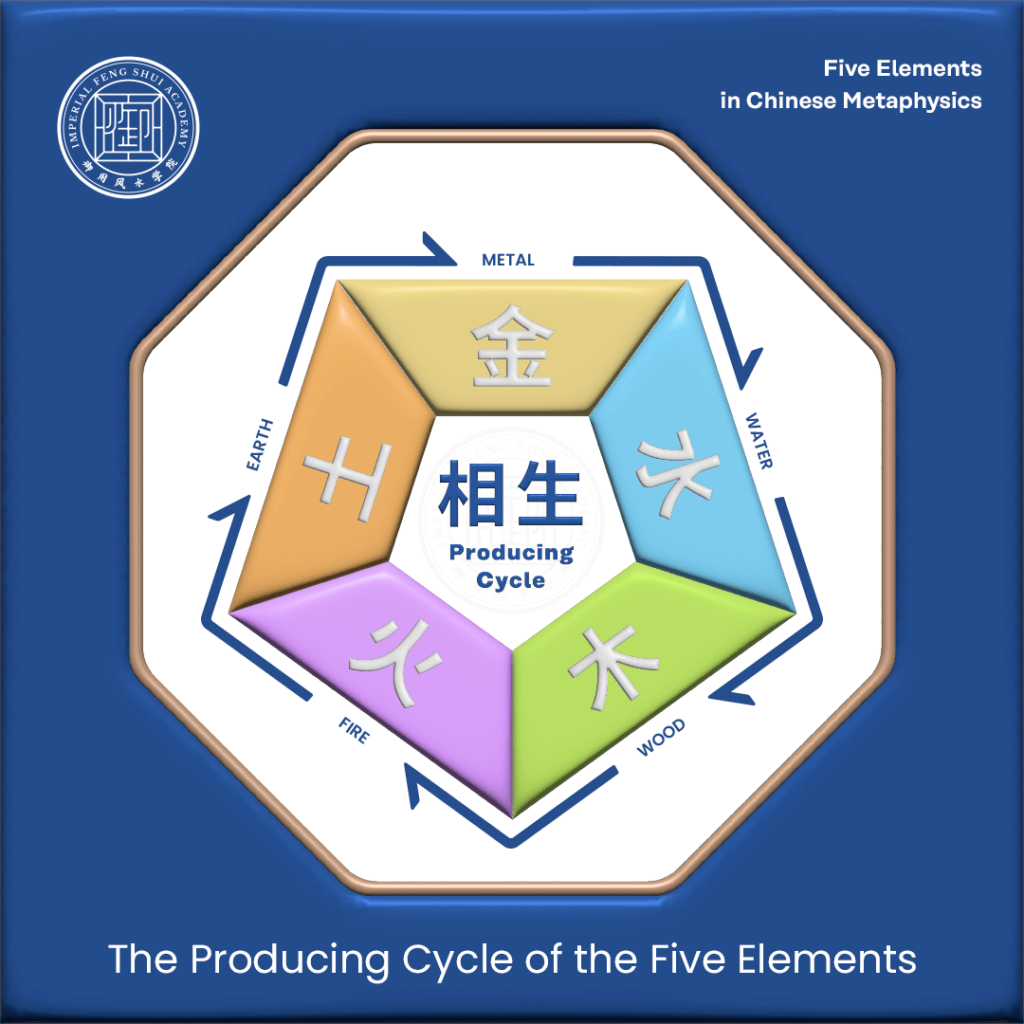
In the traditional framework, the producing cycle is a pattern where each element nourishes and strengthens the next:
- Wood produces Fire (木生火): The energy within Wood generates heat, creating Fire.
- Fire produces Earth (火生土): Fire consumes Wood, forming ashes that nourish Earth.
- Earth produces Metal (土生金): Metal forms within the Earth’s soil, creating mountains and mineral veins.
- Metal produces Water (金生水): Condensation on metal surfaces collects water.
- Water produces Wood (水生木): Water nourishes plants, creating Wood.
What is The Controlling Cycle? (相克)
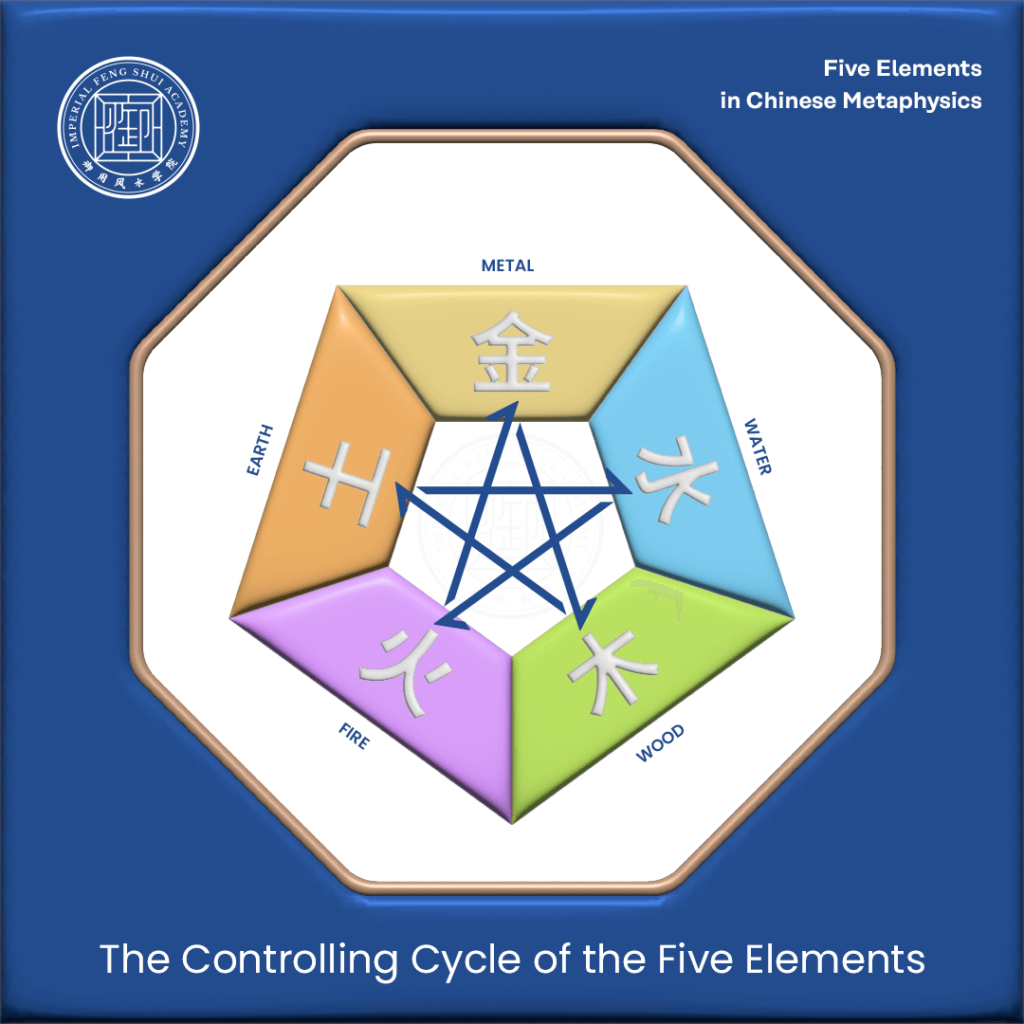
The controlling cycle describes how each element can suppress or weaken another:
- Metal controls Wood (金克木): Metal tools cut down plants and trees.
- Wood controls Earth (木克土): Plants extract nutrients from the soil.
- Earth controls Water (土克水): Earth mitigates the impact of floods.
- Water controls Fire (水克火): Water extinguishes fire.
- Fire controls Metal (火克金): Fire melts metal ores.
Applications of Five Elements in Chinese Metaphysics
The Five Elements are crucial in Chinese metaphysics, forming a cornerstone within the Bazi (八字) system. In Bazi analysis, each of the 10 Heavenly Stems is linked to an elemental attribute and a Yin-Yang polarity. Classifying industries and professions according to the Five Elements enhances understanding of their attributes, providing valuable insights for career selections and compatibility considerations.
Industries related to each of the Five Elements are as follows:
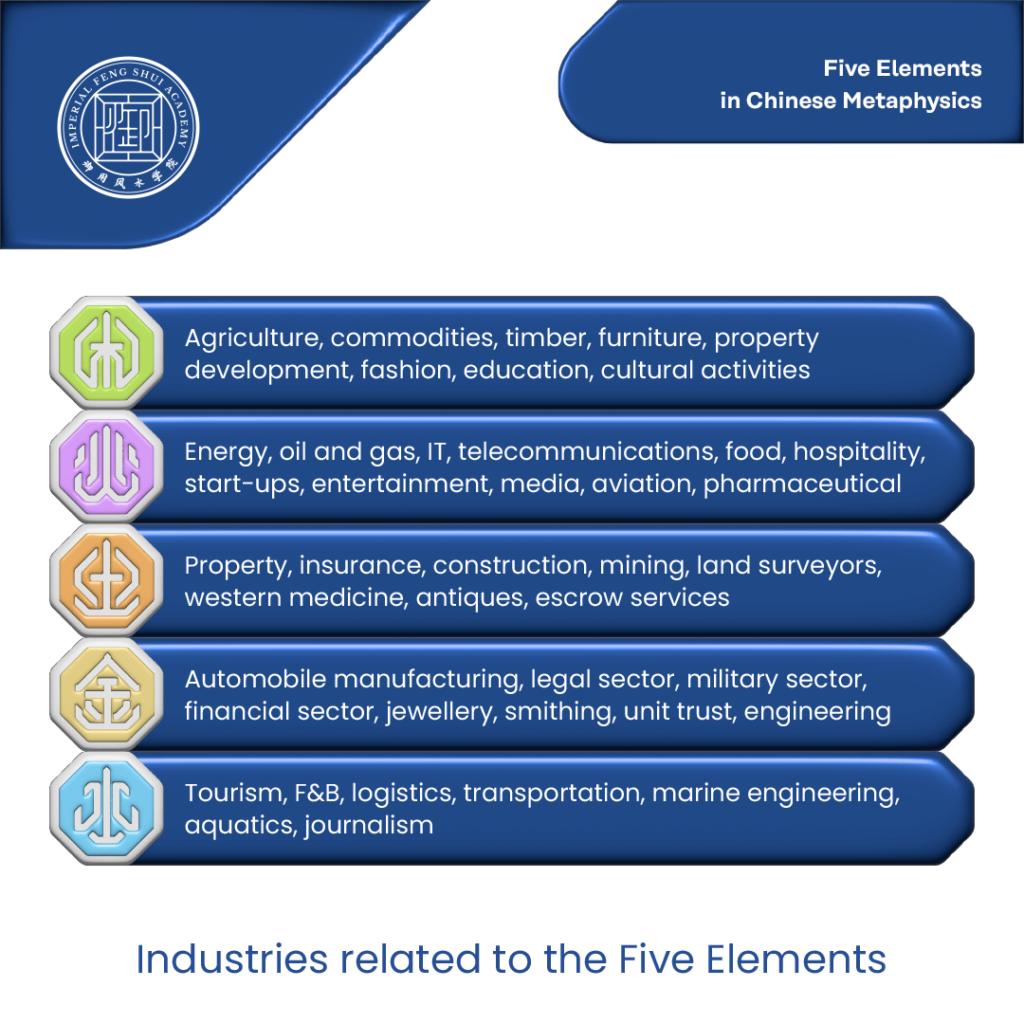
The Five Elements Theory is an intricate system that provides a comprehensive framework for understanding the universe and its natural laws. By examining the relationships and interactions among the Five Elements, we gain valuable insights into various aspects of life, from personal growth and health to professional endeavours and environmental balance.

